«
The nephron is the functional unit of the kidney, ie the smallest structure capable of carrying out all the functions of the organ.
The kidneys typically have between one million and one and a half million nephrons each, thanks to which they are able to filter a total of 180 liters of plasma per day.
Knowledge of the nephrons from an anatomical point of view is essential to analyze the functions they are responsible for. Each begins with Bowman's capsule, a hollow, blind-bottomed spherical structure that surrounds a spheroidal network of capillaries, the glomerulus (from glomus, ball of yarn), merging its own epithelium with the vascular one. In this way, all the liquid filtered by the capillaries is directly collected in the Bowman's capsule and from here directed to the subsequent sections of the nephron, respectively called proximal tubule, loop of Henle (with its two sections, descending and ascending) and distal tubule. The liquid present in the distal tubule - profoundly modified in volume and composition compared to that contained in the first section of the nephron - drains into a single larger tubule, the collecting duct, where the contents of several nephrons (up to eight) are poured out. The various collecting ducts, in turn, gather in ever larger ducts that form the renal pyramids; the tubes of each pyramid flow into the papillary collector canal, which flows into one of the minor calyxes to discharge its contents into the renal pelvis. From here the urine passes to the ureters, accumulating in the urinary bladder before being excreted through the urethra.

NOTES: the group of glomerulus and Bowman's capsule is called the renal or Malpighian corpuscle; the remaining part of the nephron is generally known as the renal tubular system.
The distal tubule and its collecting duct together constitute the so-called distal nephron.
As shown in the figure, in its final section the proximal tubule goes towards the medulla of the kidney, tapering to form a thin U-shaped epithelial tube (loop of Henle).
For didactic purposes, in the image above the nephron appears unfolded, when in reality it twists and folds in on itself several times (image below).

The fact that the renal tubule is folded back on itself causes the terminal portion of the ascending tract of the loop of Henle to pass between the afferent and efferent arterioles. This region, in which the tubular and arteriolar walls change their structure, is called juxtaglomerular apparatus and its function is to produce paracrine signals necessary for renal self-regulation (by controlling the glomerular filtration rate). In this area, the granular cells present in the wall of the efferent arteriole adjacent to the epithelium of the tubule (macula densa), secrete renin, a proteolytic enzyme involved in the synthesis of angiotensin starting from angiotensinogen, and therefore involved in the control mechanisms blood pressure.
Each portion of the nephron is specialized in a different functionality and therefore contains epithelial cells with a considerably variable structure, so as to allow selectivity in the secretion and reabsorption of the various substances. The elevated glomerular pressure leads to the continuous filtration of 20% of the blood that passes through the renal glomerulus, with consequent passage of preurin (ultrafiltrate) in the Bowman's capsule. At this point, the reabsorption processes that take place in the subsequent sections of the nephron allow the recovery of a large quantity of useful substances, such as glucose and various mineral salts; vice versa, the secretion processes allow the body to eliminate those substances present in excess or, more generally, waste. Even more particularly, in the proximal tract of the nephron sugars, amino acids and other solutes are actively reabsorbed, but also water by osmosis; in the descending section of the loop of Henle the reabsorption of water continues, while in the ascending section the sodium chloride is reabsorbed. Finally, aldosterone and antidiuretic hormone act in the distal tubule and in the collecting duct to adapt the volume and composition of the urine (Na +, K +, urea) to the needs of the organism.
Other articles on "Nephron"
- Kidney and salt and water balance
- Kidney kidneys
- Kidney and glucose reabsorption
- Renal glomerulus
- Glomerular Filtration - Filtration rate
- Regulation of glomerular arterial resistance

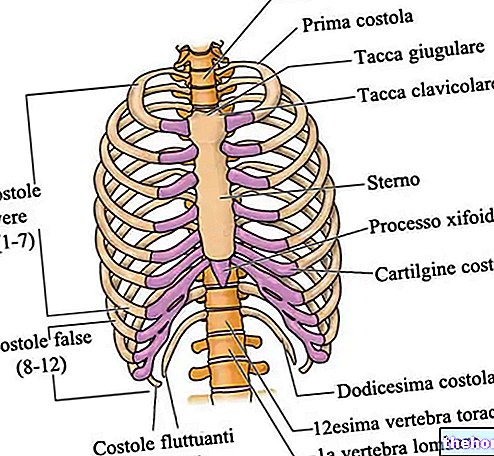
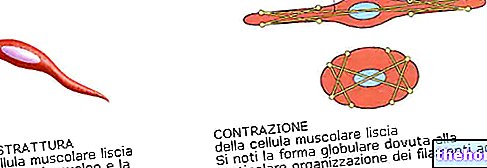

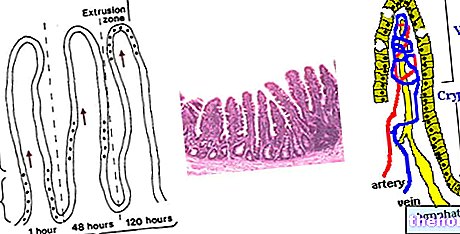
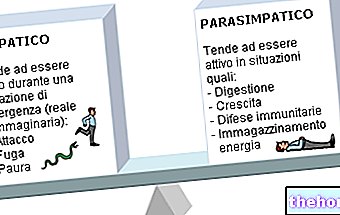
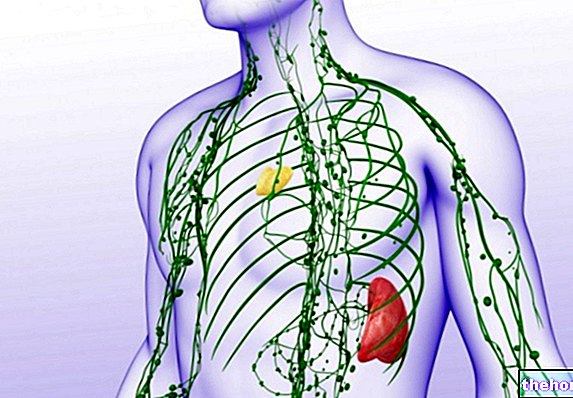









.jpg)











